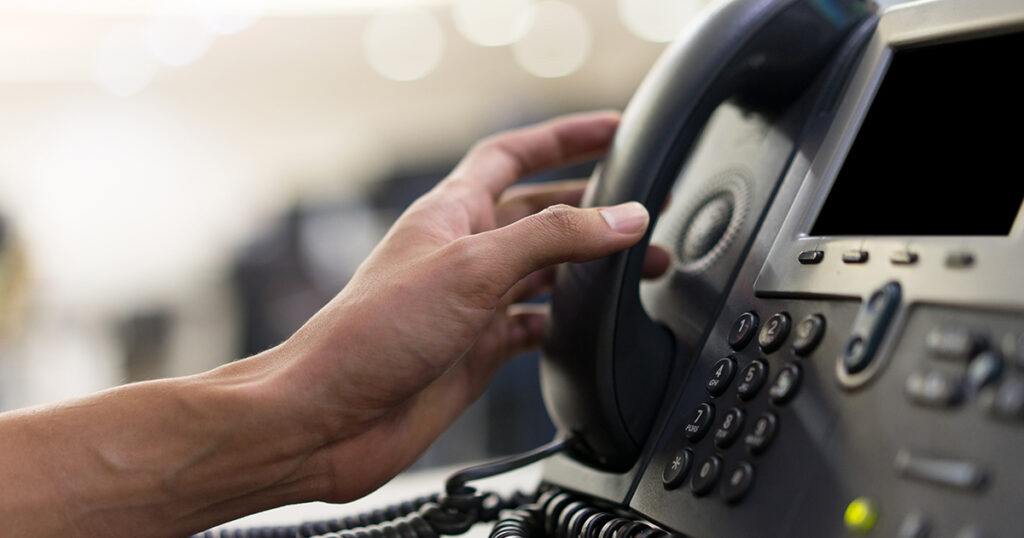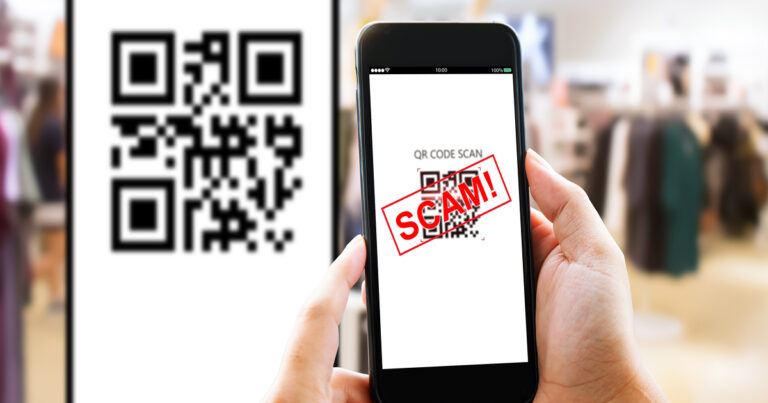For any consumer who has ever answered the phone expecting to hear from a friend — only to encounter someone who is pretending to be from the IRS and is demanding payment — the problem will be a familiar one. Or perhaps the mystery caller claimed to be awarding a cruise around the world and then requested a Social Security number before providing it. Most consumers have had one of these experiences or a similar one. Unfortunately, it’s entirely too common. According to a report by the caller ID company Hiya, there were 85 billion robocalls globally in 2018.
Part of the problem is that scammers can “spoof” a phone number to make it more likely that the recipient will answer the call. And these unwanted phone calls are not only annoying, they can be dangerous, too.
What is Caller ID spoofing?
Caller ID spoofing, which is the process of changing the Caller ID to any number other than the actual calling number, is one way criminals scam unsuspecting people. Scammers can “spoof” numbers, making it seem as though the phone call in question is coming from a local number, a government agency, a neighbor or a local business.
Consumers might even appear to get a call from their own number, which is somewhat unsettling when seen on their phone’s Caller ID display. And the end goal of the spoofer is one of two things: Get a consumer’s personal information or get them to part with their money — and neither outcome is good for the person answering the call.
Why isn’t spoofing illegal?
Caller ID spoofing is illegal — sometimes. If the caller’s intent is to defraud, cause harm to or scam a consumer into providing information he or she might not otherwise provide over the phone, the spoofing is illegal. However, if no harm is intended or caused, spoofing is not illegal. This is because there are some rare cases when people might have legitimate reasons to hide their info, such as in a domestic abuse case, a call from a law enforcement agency or a call from a doctor’s office. Plus, other forms of robocalling, such as those relaying flight-change information, conducting surveys and informing of school district cancellations, are also legal and don’t count as spoofing.
What steps are being taken to stop unwanted calling?
Robocalling and caller ID spoofing are prevalent enough issues that phone providers are taking major steps toward putting a stop to them. The first step in a spoofer’s successful scam is getting someone to answer the phone, and people are far more likely to answer a call if they think it’s from a local number. Therefore, preventing illegal call spoofing using local numbers and making it much harder for anyone to place huge numbers of robocalls are both critical steps.
The telecommunications industry has been developing a network-based system that would help put a stop to unwanted calls. STIR/SHAKEN, which stands for “Secure Telephone Identity Revisited/Signature-based Handling of Asserted Information Using toKENs,” is a technique for providing more reliable call-display information by closing a loophole that scammers exploit in the current infrastructure.
How will STIR/SHAKEN work?
This is an oversimplification, but essentially STIR/SHAKEN will give phone service providers like FTC a secure method of legitimizing a caller and validating it before reaching the recipient. In other words, it will be harder to fake a phone number. This capability is crucial to establishing the caller’s “reputation” so that scammers can be reliably identified and blocked before bogus calls even go through.
The way it stands now, FTC and other phone companies do know whether or not a caller is spoofing their number when making a call. However, what FTC and the other phone providers don’t know is whether or not the caller is allowed to spoof that number. As mentioned earlier, there are some instances where spoofing is legal. And since the phone companies can’t tell what’s legal and what’s not, they cannot stop it.
With the new plan, that will change. If it all goes as anticipated, robocalls/spoofing could become as manageable as email spam. Consumers will have a more reliable and accurate sense of who is calling them, and if a bogus call does get through, it will be easier to track down the real caller and block them — or to cause them to incur more serious consequences. It’s the hope that simpler tracing will make it feasible for law enforcement agencies to prosecute scammers for illegal robocalling, as well.
This new technology will also securely provide more accurate information to call-blocking apps, such as AT&T Call Protect, allowing the apps to better identify spam calls and inform consumers with a notice, such as “Unverified number,” on their screens before they answer a call.
When will this technology roll out?
Initial phases have begun and the technology should be completely implemented by the end of 2020. Consumers won’t need to opt into the program or sign up; they will automatically get the benefits.
What else can consumers do to block unwanted calls?
STIR/SHAKEN will be a big, positive step in the right direction. In the meantime, there are a few measures consumers can take to prevent unwanted phone calls.
- Don’t answer. Consumers shouldn’t answer calls from blocked or unknown numbers or from numbers they don’t recognize. This might seem simple, but it’s an easy first line of defense. If someone needs to talk to a consumer from a number they don’t know, they can simply leave a voice message.
- Hang up. When a consumer picks up the phone and gets a recorded sales pitch, they should hang up. The call is illegal. Consumers should refrain from speaking to such callers and from pressing any buttons to supposedly remove their names from a list (which could result in even more calls).
- Consumers can reduce the number of unwanted calls they get by using call-blocking technologies.
- For iPhone users: Go to Contacts and open the contact to block. Scroll down and select Block this caller.
- For Android users: Open Recent Calls and select the name or number to block. Tap Details, select the menu icon, and choose Block.
- Visit gov/calls for more advice, which can vary depending on the type of phone service a consumer has.
- Get on the Do Not Call Registry. Consumers can add their number to the National Do Not Call Registry at https://www.donotcall.gov/register.html. This won’t stop all unwanted calls, but it might deter various sales calls.
- Report it. Consumers can visit gov/complaint to report the number appearing on their caller ID and any number they’re told to call back. Even if a consumer thinks the number on their caller ID is fake, they should report it. The Federal Trade Commission analyzes complaint data and trends to identify illegal callers based on calling patterns. The Federal Trade Commission also takes reported phone numbers and releases them to the public each business day, which helps phone carriers and other partners that are working on call-blocking solutions. This is a more time-consuming option, but complaint reports also help law enforcement identify the people behind illegal calls.
As always, consumers should use common sense when on the phone. It’s never a good idea for a consumer to give out banking information, personal information or credit card information over the phone unless they absolutely know who is on the other side. A good rule of thumb: If it sounds too good to be true, it likely is. It’s sad that such distrust has to exist in the world, but it’s better to play it safe than to be sorry.
For more in-depth details on how to block contacts, get on do-not-call registries and execute various other precautionary steps, read more about stopping unwanted calls here.




